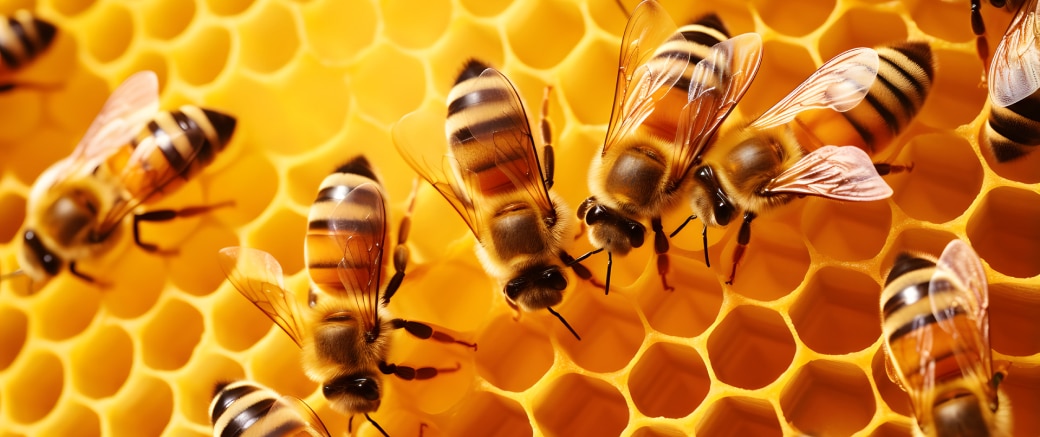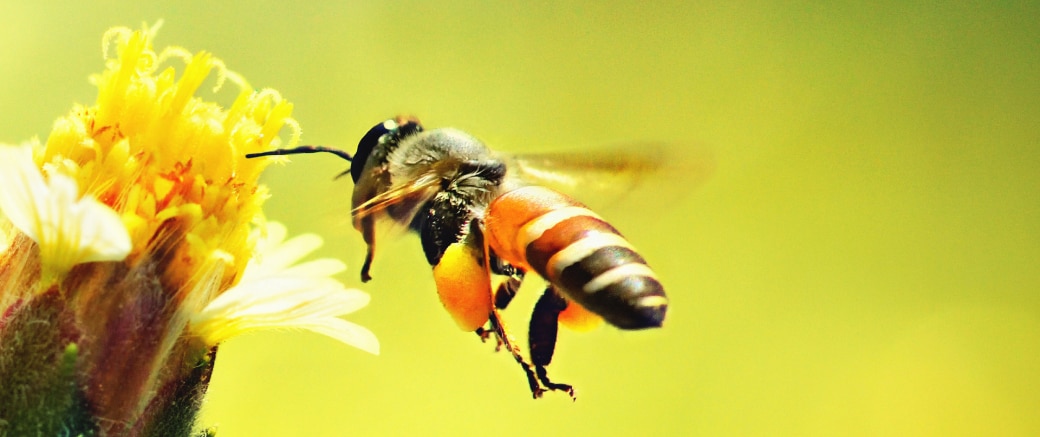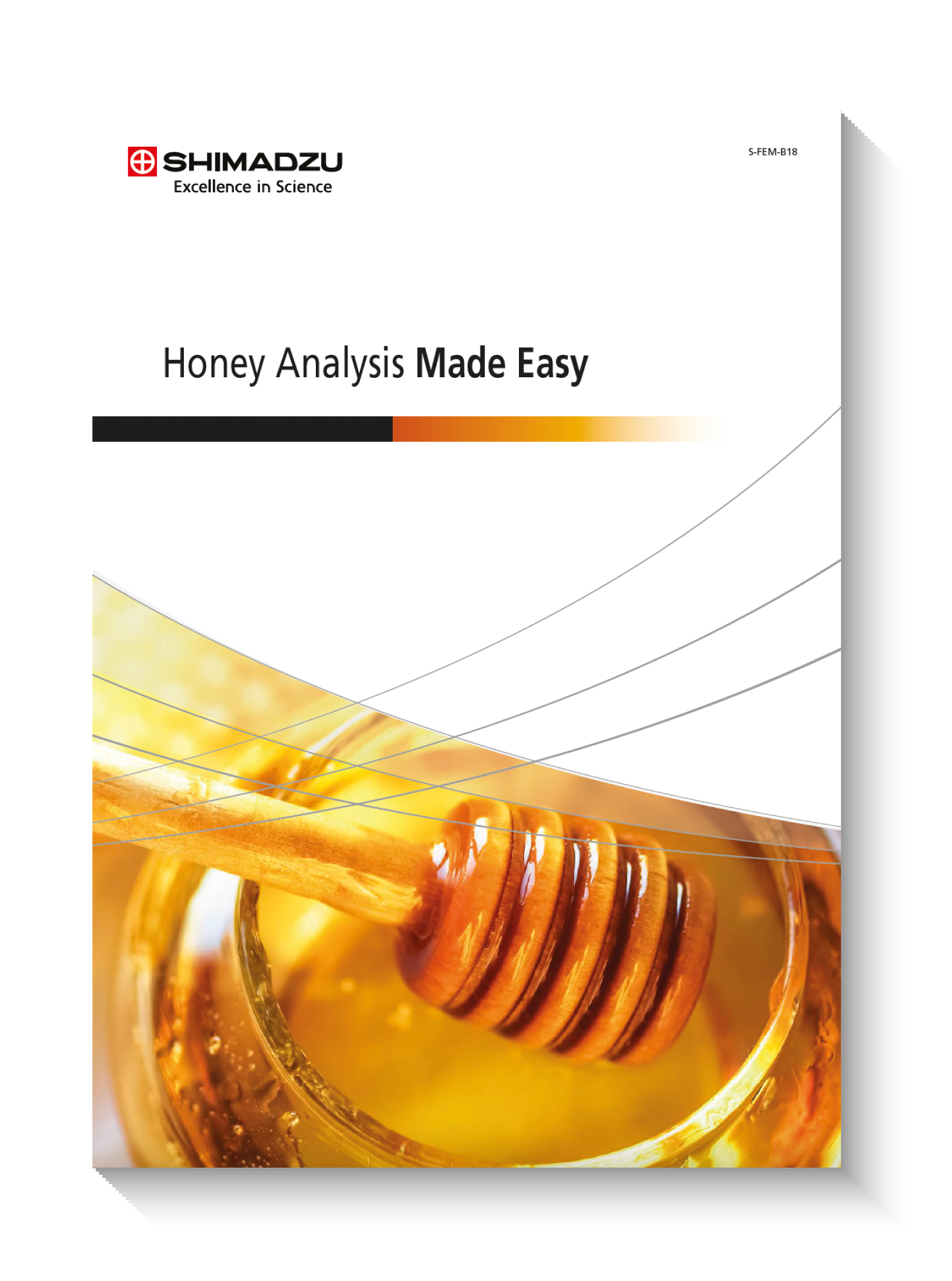Shimadzu's LCMS Solutions For Honey Analysis: Discover Honey Authentication, Antibiotics and Pesticide Residues Analysis, and More

Deep Dive Into The Analysis Of Honey
Pure honey production often begins with bees, with honey crafted from flower nectar using a process that involves collecting and refining nectar into simple sugars within honeycombs found in beehives. Sweet and viscous, the natural sweetener exhibits a rich diversity of flavors, aromas, colors and consistencies, influenced by the unique conditions and locations in which it is produced.
Despite its inherent purity, the commercialization of honey has introduced challenges, with cases of adulteration or contamination of honey. These situations can involve the addition of artificial sweeteners like syrups and sugars to modify taste and volume. Moreover, environmental factors can lead to trace amounts of pesticides or toxins found in raw honey.
Hence, ensuring the authenticity, quality and safety of honey is of paramount concern for both honey producers and consumers. In order to prevent honey from being tainted, honey samples undergo rigorous testing to ensure they are adequately assessed for consumption or usage. Shimadzu dives into the analysis of bee honey and its relevant analytical methods.
Read on to get snippets of the eBook:
Into The Analysis of Honey

The complexity of honey composition calls for a combination of analytical methods to provide comprehensive analysis. Analytical techniques include ultra-performance liquid chromatography (UPHLC), high performance liquid chromatography (HPLC) and liquid chromatography-mass spectrometry (LC-MS) to enable high precision and efficiency in separation and quantification.
Shimadzu's technologies support and streamline these methods to enable fast and robust analysis of honey with reliable results. Get our comprehensive compendium eBook here.
Here are some of the examples of LC-MS analysis on honey:
- Antibiotic Residues
Antibiotic drugs are used in apiculture to prevent bacterial infections among the bees. The analysis of antibiotic residues helps to protect both public health and the well-being of bees against improper usage of medicines.
- Bee Treatments and Pesticides
Pesticides are extensively used to keep unwanted pests away. Besides posing a potential health risk for humans, it is perceived to be linked to the colony collapse disorder within the bees as well.
- Toxicity in Nectar
Honey poisoning has been widely reported due to the contamination from plant-derived toxins such as Tripterygium wilfordii. Their presence must be detected and quantified to ensure food safety.
- Carbohydrate Analysis
Honey is mostly made up of a complex mixture of carbohydrates. With a suitable LC-MS method, the chemical composition of honey can be understood to differentiate honey from various varieties and sources. This study also examines the sugar composition of honey samples to detect for honey adulteration and their botanical and geographical origins.
- Water-Soluble Vitamins Analysis
Honey is highly valued due to its nutritional benefits. It contains many water-soluble vitamins that are vital to essential human body functions – these can be analyzed to understand its composition in detail. Vitamin and mineral content can be found in varying proportions across different natural honey samples collected, such as honeydew honey, orange blossom honey, acacia honey and polyfloral honey.
- Honey Authenticity
Honey is one of the most commonly adulterated foods worldwide. Adulterated honey may contain high levels of sugar, possibly due to the addition of substances like corn syrup. This can result in food fraud that deceives consumers.
To determine honey authenticity, examples such as honey phenolic compounds are commonly used as potential authenticity markers to ensure quality and prevent food fraud for the benefit of the consumers. Such organic acids are crucial in verifying the presence of honey adulterants such as commercial sugar syrups.
Learn all about the analysis of honey in more detail with Shimadzu’s Honey Analysis Made Easy.
Shimadzu's Commitment to Bees

Shimadzu is committed to protecting the bees for the conservation of nature and its biodiversity.
With the beeswe.love project in Europe, Shimadzu took over a partnership for a bee colony and enabled the creation of 100 m² of bee pasture, a natural meadow to provide forage for the honeybees, native pollinators, and insects.
This commitment may appear small, but the idea is big to allow everyone to take part in sustainability efforts. We want to show with our commitment that everyone can make a difference.
With the beeswe.love project, Shimadzu takes the effort to accompany the bees, take care of them, and learn more about them to understand and protect the fragile side of nature.
Download our eBook Now
Honey is considered highly valuable for its nutritious benefits. The eBook "Honey Analysis Made Easy" provides essential insights into the 6 different aspects of honey analysis. Additionally, the eBook has won recognition by the scientists as the Analytical Science Email of The Year 2023 on SelectScience®, which is a testament to the value it delivers. Download it now to learn more.
